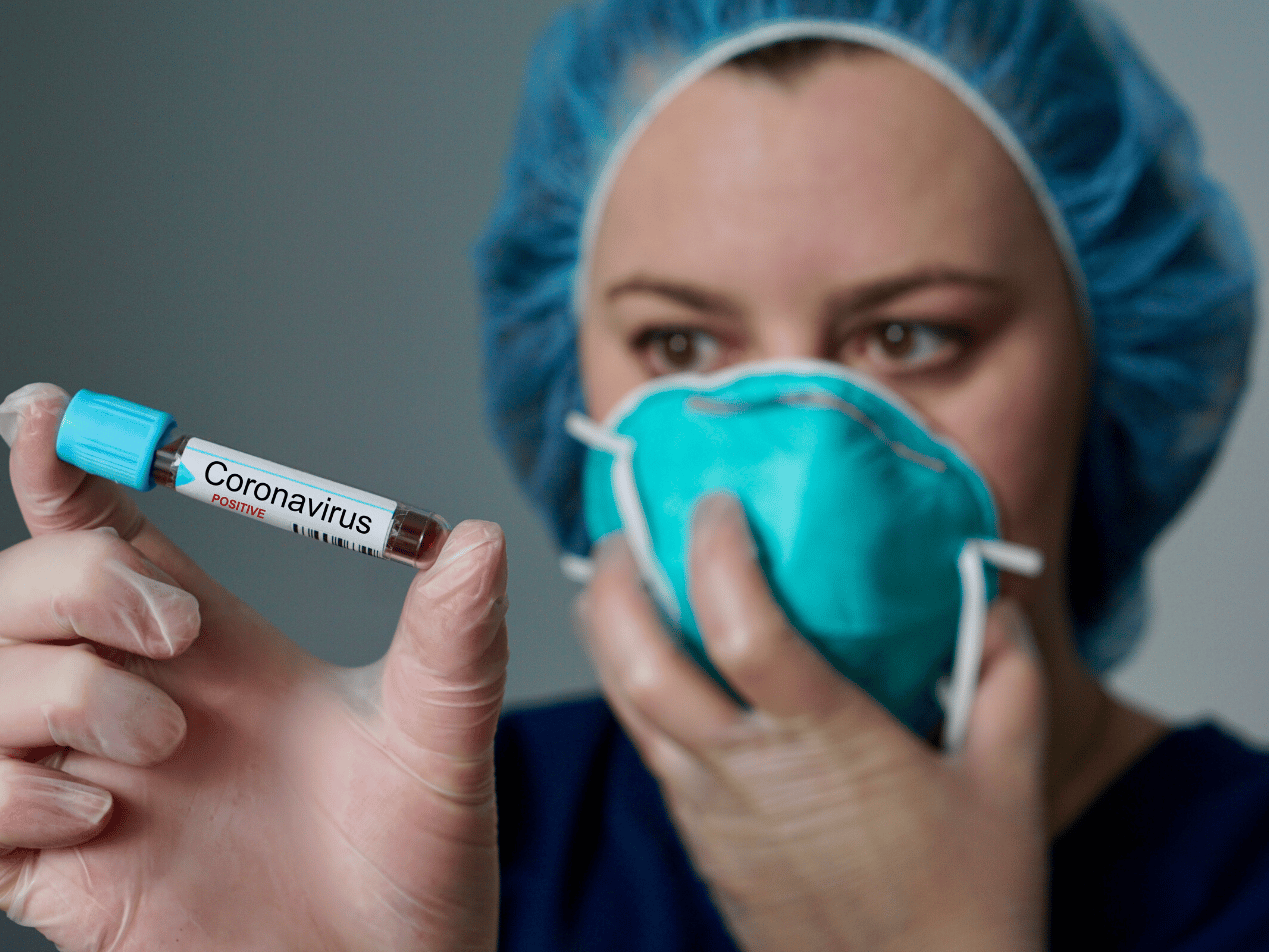1 min read
Mental health professionals on navigating the challenges of patient communication
Rick Kuwahara January 30, 2023

The need for mental health services has never been greater as we continue to see the impacts COVID has had on everyday life. From economic uncertainty to the "always on" demands of many industries has left many Americans emotionally exhausted and needing help.
With this increased demand comes changes in the way care is delivered and how mental health practitioners communicate with patients.
We surveyed mental health professionals to get their insight into patient communications trends.
How mental health professionals communicate with their patients
According our report, 70% of mental health professionals rely on email and text as their primary method of communication with patients outside of therapy sessions. This may be surprising given the sensitive nature of the content of these messages and the likely inclusion of protected health information (PHI).
However, only 27% of respondents directly communicate follow-up notes on therapy sessions. This suggests that activities such as sending messages to promote general wellness or sharing practice updates may not require the transmission of PHI.
In terms of communication frequency, the report found that only 38% of mental health professionals regularly message their patients on a weekly basis or more frequently. The remaining 62% communicate once every 2-3 weeks or less frequently.
The drop in frequency may have to do with the challenges of tracking and maintaining all of the communication, which professionals noted as their biggest obstacle when it comes to patient communication.
How do mental health professionals market their practices?
According to the report, the most common ways practitioners market their services include working with other providers to cultivate referrals and therapist directories, while 23% of respondents say they do no marketing at all.
The next most common marketing activities include online advertising (28%) and social media (22%). Interestingly, only 6% regularly use email marketing, despite it being found to have the highest return on investment of any marketing tactic.
This is most likely due to the lack of awareness of HIPAA compliant email marketing tools, like Paubox Marketing.
Conclusion
The need for quality mental health care has never been higher, however, this report reveals that there is room for improvement when it comes to communicating with patients. The caveat being that any additional communication should be easy for providers so they can continue to provide quality care without additional administrative burdens.
Subscribe to Paubox Weekly
Every Friday we'll bring you the most important news from Paubox. Our aim is to make you smarter, faster.





